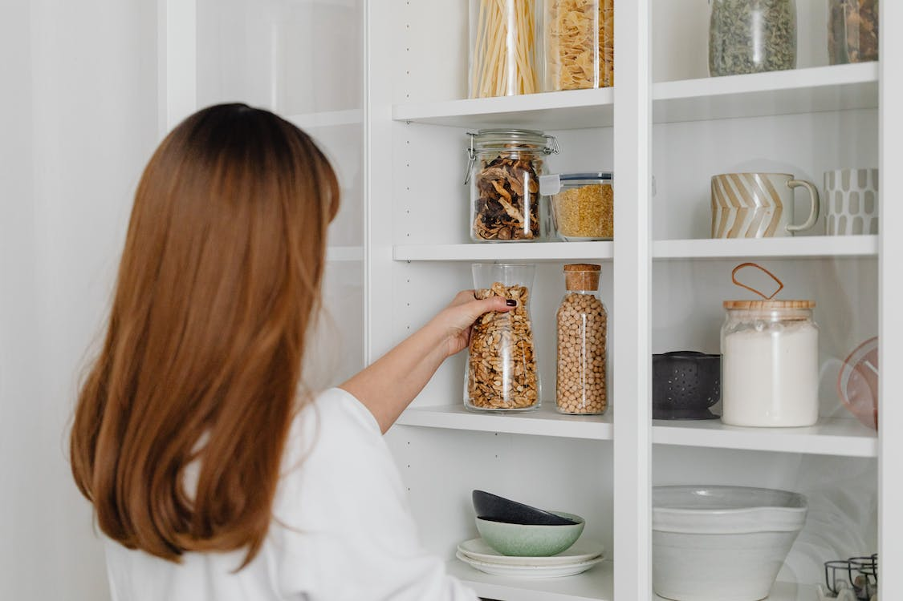Finding pests in your home can be a nightmare. Not only do they cause damage to your property, but they also present a health risk to you and your family. To make sure that you don’t have any unwelcome guests living with you, it’s important to inspect your home for pests regularly. But how exactly should you go about doing this? Here is a step-by-step guide on how to properly inspect your home for pests so that you can take quick action if necessary.
1. Start at the Outside:
Begin your inspection by checking the exterior of your home for pests or signs of infestation. Look for areas where pests may be entering, such as gaps in siding, holes in screens, or cracks and crevices around doors and windows. Then check any trees and shrubs around your home to make sure they aren’t harboring any invaders! For example, if you have pillbugs then consider getting pillbugs pest control services to help get rid of them. This will also help prevent other pests from entering your home.
2. Move Inside:
Once you’ve inspected the exterior of your home, it’s time to move inside for a more thorough inspection. Start by looking behind large appliances and furniture for signs of infestation, as well as in any hidden or tight spaces. Be sure to check cupboards and cabinets for droppings or nests that may have been left behind by mice, cockroaches, or ants. Additionally, look for any webs or silken trails that may indicate spider activity. This is especially important in dark corners and basements where spiders are most likely to lurk. For example, if you find spiders in your home then consider getting spider pest control services to effectively remove them.
3. Pay Attention to Details:
It’s important to pay close attention to details when inspecting your home for pests. This means looking for any evidence of insects or rodents, such as droppings, tracks, eggs, and damage from chewing. Additionally, look for any odors that may indicate an infestation. If there are signs of moisture or mold present, this could also be a sign that there is a pest problem within the walls or ceilings of the house. Also, don’t forget to check areas that may be prone to pests such as basements, attics, and crawlspaces.
4. Call For Professional Help:
If after inspecting your home and you still suspect that you have a pest problem, it’s important to call for professional help. A reputable pest control company can come and inspect your home, identify any issues, and provide the appropriate treatment plan. This will ensure that the problem is taken care of quickly and effectively so you can enjoy a safe and pest-free home. Also, don’t hesitate to contact a pest control company if you ever notice any signs of new infestation in the future!
5. Check the Attic:
The attic is a prime location for pests to hide, so it’s important to check thoroughly for any evidence of infestation here. Look for droppings, nests, webs, or other signs that may indicate an infestation. Additionally, check around insulation and wood beams for entry points and be sure that there aren’t any openings between the roof and walls that could provide easy access for pests. This is especially important since the attic can be a breeding ground for pests.
6. Keep An Eye Out For Droppings:
As you’re moving around your home, be mindful of droppings that could indicate an infestation. Different types of droppings can be left behind by different types of pests, so it’s important to know what they look like. For example, mouse droppings are small and black while cockroach droppings will be brown and cylindrical. If you see any droppings, this is a clear sign that an infestation may be present in your home.
7. Check Your Pantry:
Pantry pests are particularly pesky because they can cause contamination in your food supply if left unchecked. Carefully inspect all of your food packages for signs of infestation such as holes or chew marks on the packaging and look for any droppings or webs in the pantry. If you find anything, it’s important to contact a pest control company as soon as possible. Also, make sure to keep your pantry clean and store food items in sealed containers to prevent any further infestations.

By following these steps and staying vigilant about pest control, you can ensure that your home remains a safe and comfortable environment for everyone in it. Remember that if you ever notice signs of an infestation, it’s important to call a professional so that the problem can be taken care of quickly and effectively. Good luck!

